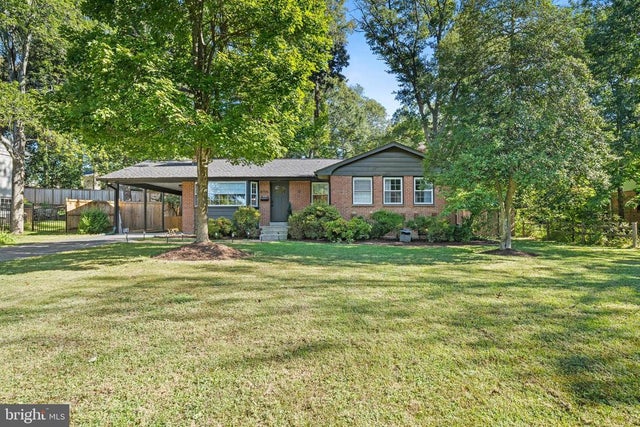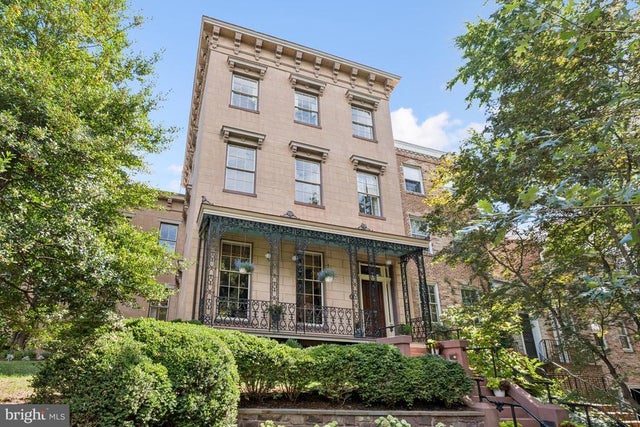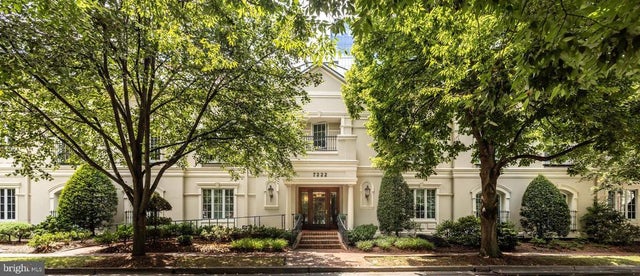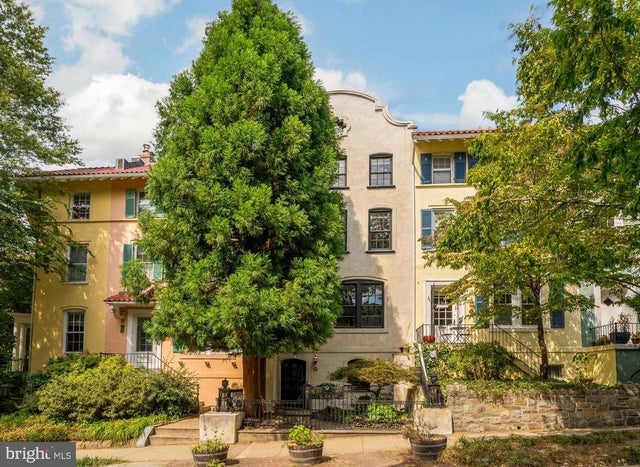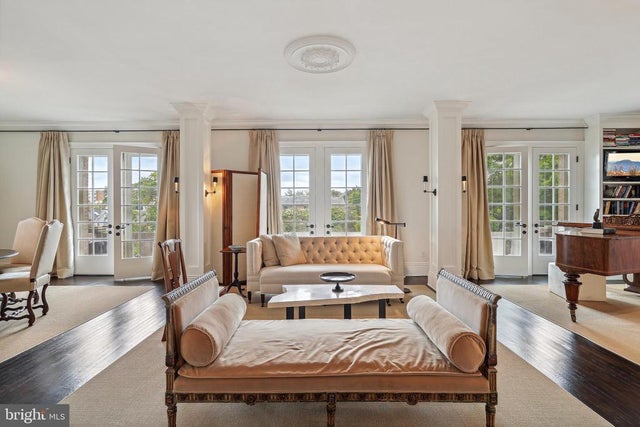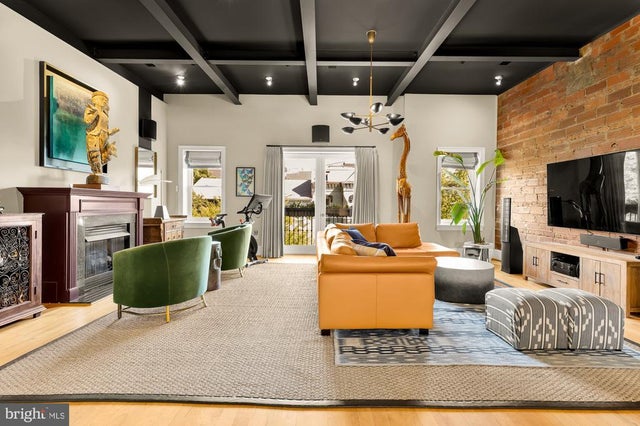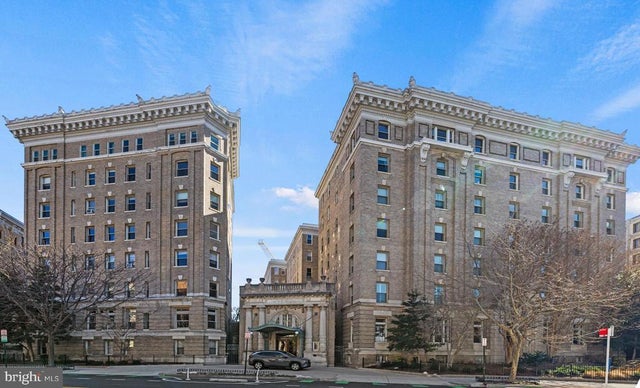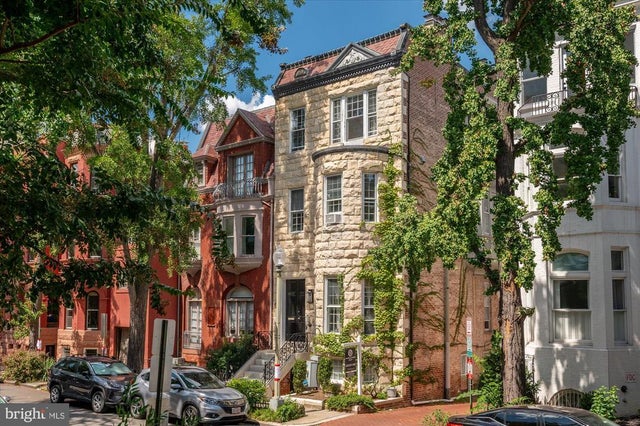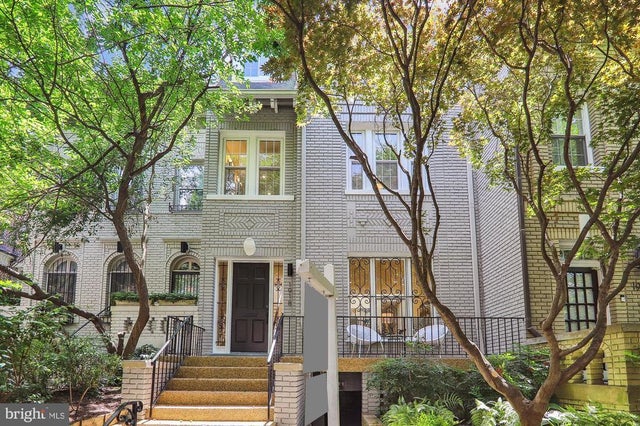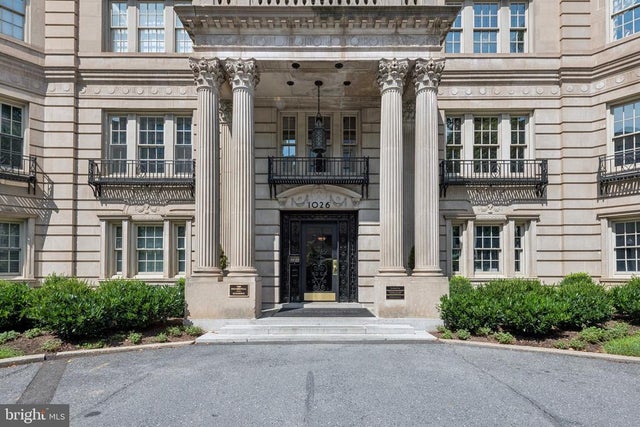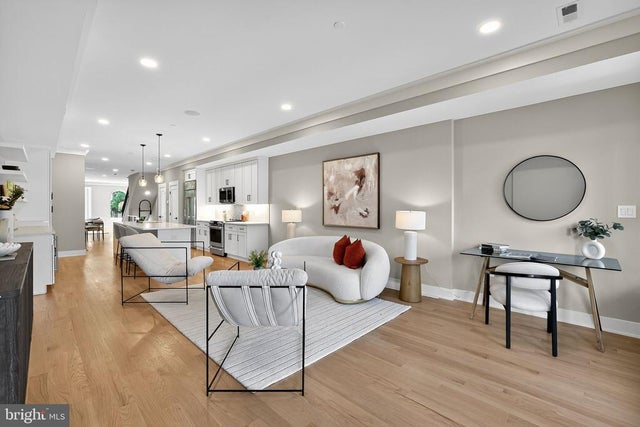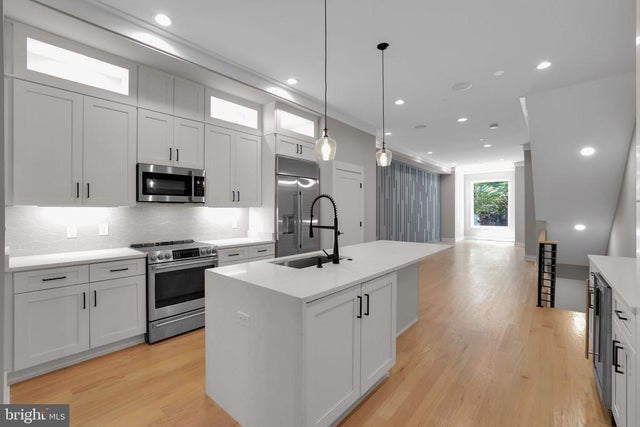Beaux-Art Style Properties in Washington DC: A Lasting Architectural Legacy
Washington DC, the capital of the United States, is a city renowned for its rich history, diverse culture, and iconic architecture. Among the many architectural styles that have shaped the city's landscape, the Beaux-Art style stands out for its grandeur, elegance, and lasting influence. In this article, we delve into the history of Beaux-Art properties in the Washington DC metropolitan area and explore their impact on the city's architectural heritage.
Luxury Beaux Art Style Homes for Sale
Beaux-Art Style: Origins and Characteristics
The Beaux-Art style traces its roots back to the École des Beaux-Arts in Paris, a prestigious art school that trained architects, artists, and sculptors in the 19th and early 20th centuries. The style was characterized by its use of classical architectural elements, ornate decoration, and grand scale, reflecting the opulence and ambition of the period. Beaux-Art buildings were often designed to create a sense of awe and inspire civic pride, making them an ideal choice for important public buildings, museums, and cultural institutions.
Beaux-Art Influence in the Washington DC Metropolitan Area
At the turn of the 20th century, Beaux-Art architecture began to make its mark on Washington DC's urban landscape. This was in part due to the City Beautiful movement, which aimed to beautify and modernize American cities through the creation of well-planned, harmonious public spaces. Beaux-Art buildings, with their classical proportions and attention to detail, were seen as the perfect embodiment of this movement.
Some of the most iconic Beaux-Art style properties in Washington DC include the Thomas Jefferson Building of the Library of Congress, the National Museum of Natural History, and Union Station. These architectural gems not only stand as symbols of American culture and history but also continue to serve vital functions for the city's residents and visitors.
Thomas Jefferson Building, Library of Congress
Completed in 1897, the Thomas Jefferson Building is one of the finest examples of Beaux-Art architecture in Washington DC. Designed by architects John L. Smithmeyer and Paul J. Pelz, the building features a breathtaking Great Hall adorned with mosaics, sculptures, and ornate detailing, as well as a breathtaking central reading room with a stunning stained-glass dome. The Thomas Jefferson Building remains an important center of learning and research in the city today.
National Museum of Natural History
The National Museum of Natural History, part of the Smithsonian Institution, is another shining example of Beaux-Art architecture in the nation's capital. Opened in 1910, the museum boasts a grand façade with an impressive entrance adorned with columns, sculptures, and intricate ornamentation. The building is not only a treasure trove of scientific knowledge and cultural artifacts but also an architectural marvel in its own right.
Union Station
Union Station, completed in 1907, is an essential transportation hub in Washington DC and a striking example of Beaux-Art architecture. Designed by architect Daniel Burnham, the station features a soaring barrel-vaulted ceiling, grand archways, and elaborate decorative elements that evoke a sense of grandeur and elegance. Today, Union Station continues to serve as a vital transportation link for the city while also offering a glimpse into the architectural legacy of the Beaux-Art style.
Search Homes by Style
Conclusion
Beaux-Art style properties have had a profound influence on the architectural landscape of the Washington DC metropolitan area. Their grandeur, attention to detail, and connection to the City Beautiful movement have left an indelible mark on the city's identity. As we explore these architectural gems, we can appreciate the ways in which Beaux-Art architecture has shaped the cultural and historical fabric of the nation's capital.

